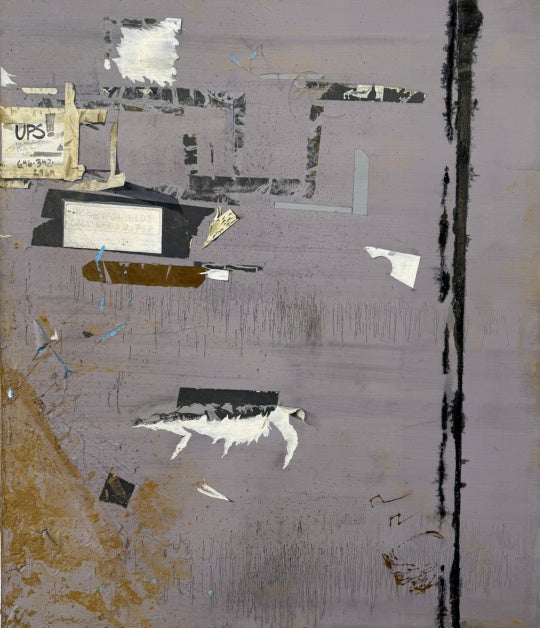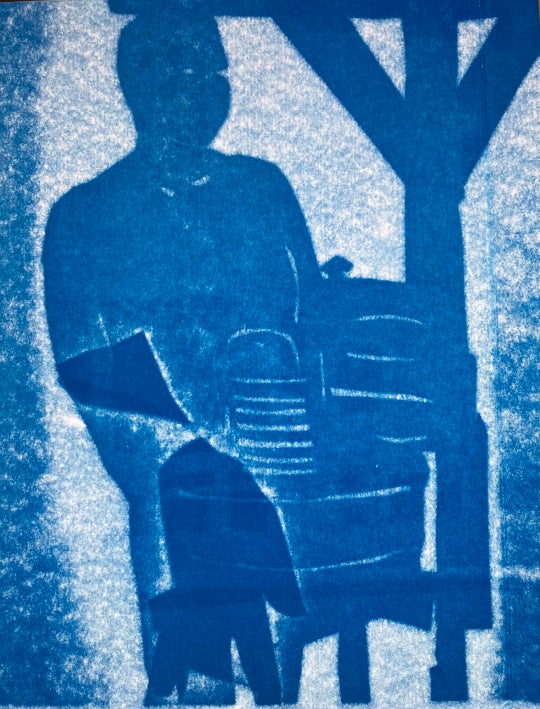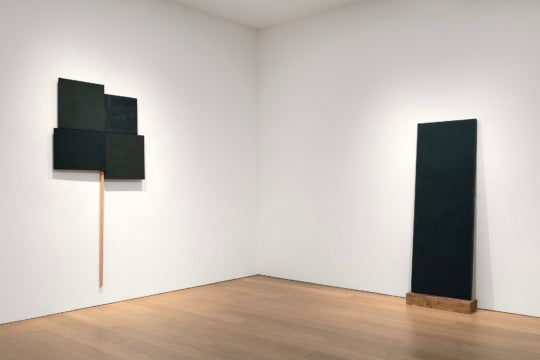
“Alison Saar: The Nature of Us” ponders the eternal—at times cosmic—ebb and flow between women and the forces that surround them, both seen and unseen. On view at the Harvey B. Gantt Center for African-American Arts + Culture in Charlotte through July 8, the potent collection of two- and three-dimensional works by noted California artist Alison Saar portrays biological and cultural concepts of womanhood as they span the eras, informed by historical and social ideals. Saar’s narrative encompasses universal mores, filtered through the lens of her African American heritage, while emphasizing concepts of fecundity and growth, as well as notions of desolation and repression.
The figurative pieces, which range from moderately scaled works on paper to larger-than-life sculptures, command the space with striking lines, bold hues, and deliberate voices. They eschew the surface clamor of the outside world to look deeper into its core, at our fundamental connection to nature and the ongoing conversations among the many physical and spiritual strata we inhabit. The pieces flow horizontally and vertically, through eras and places, ultimately weaving a tapestry of timeless visual, psychological, and intellectual reflections. Her stalwart figures have a quiet yet dynamic presence, often straddling the line between human and tree-like form. They are feminine and strong, grounded and pensive. She writes, “I’m interested in incorporating very ancient religions into contemporary imagery and ideas, keeping the ancient ideas alive so that they can serve a very useful purpose in everyday life.”

Mounted high on the wall, Undone rises up and cascades down to the floor with an aura of drama and grandeur. The figure of a seated woman, draped in a diaphanous white dress ringed with red at the hem, presides stoically over her maternal domain. Her opaque dress both conceals and reveals glass vessels hanging from a root-like, umbilical cord form. These are a direct reference to the bottle trees historically found in the South, taken from the ancient traditions of the Kongo society in Central Africa. According to folklore, bottle trees were placed outside the home to capture and dispatch evil spirits. Here, the woman’s body may be regarded as home, and the bottles as containers for what the artist calls “the ideas or thoughts or dreams trapped inside of you.” She is both the genesis and conduit of the energy flowing about her.

Similarly, the power of Equinox lies in its height and verticality. Mirror images utilize symmetry to perpetuate and rebound the stream of movement from top to bottom. The female figures inhabit two spheres, united by a fecund life force resembling both mother’s milk and roots. The duality at play here is reflected in the cool, placid plane juxtaposed against a hot, turbulent ground. Not quite as simple as good versus evil, the print tells a more complex story of the dialogue and interconnectedness between two sides of one identity.

An homage to the Victorian circus performer Mademoiselle LaLa, Pearly floats midair, suspended from the ceiling by gauzy white fabric that provides a visual counterpoint to the rich darkness of the figure. She hangs from her mouth—a daunting feat—creating tension and even anxiety as her relaxed form gently twists with the movement of passing air currents. Despite the strength personified by the majestic figure, the piece carries the inescapable specter of systemic lynching that victimized the African American community and characterized a grim period in U.S. history.
Though Saar’s figures are inanimate, their wide-eyed gazes convey a sense of depth and poignancy. They stare ahead intently, as if looking through space and time to channel the ever-present dialogues between human and nature, past and present, right and wrong. As such, the staunch, gracefully patinaed Sea of Serenity figure stands firmly on the ground, her broad shoulders confident with perseverance. Moths rest all over her body, perhaps flocking toward some imperceptible inner light, perhaps signifying metamorphosis and rebirth. Her abstracted eyes are seemingly vacant, but in effect solid and deep, recalling a universally recognized manifestation of the soul.

Saar juxtaposes the visceral with the delicate to conjure the beautiful, scary, courageous, and dispirited aspects of the female as a being inextricably tied to the earth, its cycles, and the forces that both push them together and tear them apart. She writes, “It was really poignant to me, this idea that a work of art could, somehow, turn a page, or shed a light, or lead back to a source. And that’s one of the things that’s exciting about being an artist; that your work threads people to other places, and not necessarily in straight lines.”
“Alison Saar: The Nature of Us” is on view at the Harvey B. Gantt Center for African American Arts + Culture through July 8.
Elizabeth L. Delaney is a freelance arts writer and publications editor. Read more of her work at www.delaneywrites.com.




